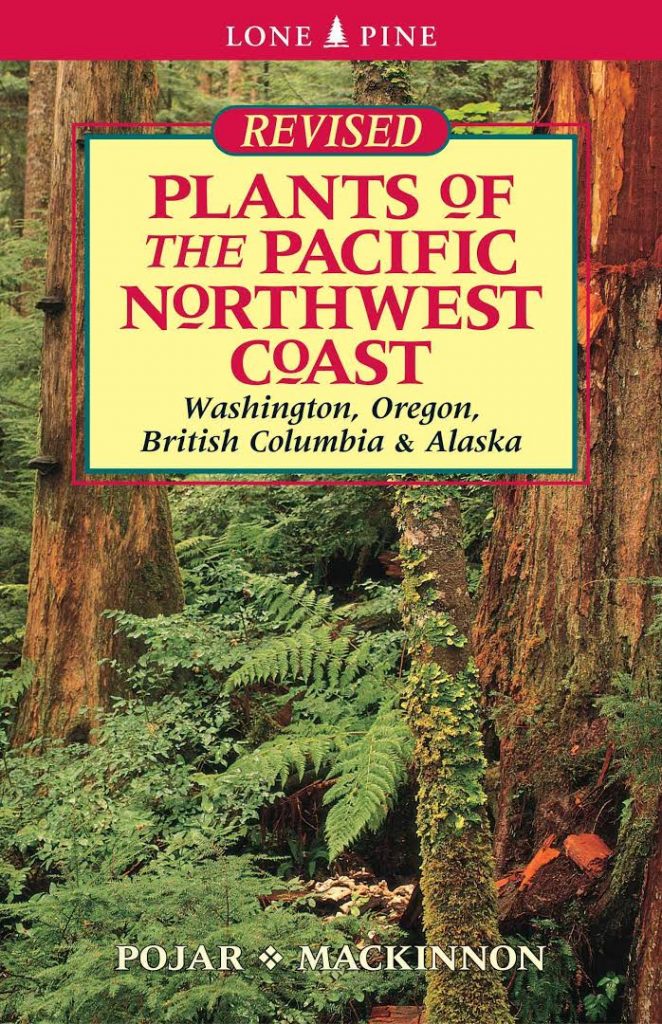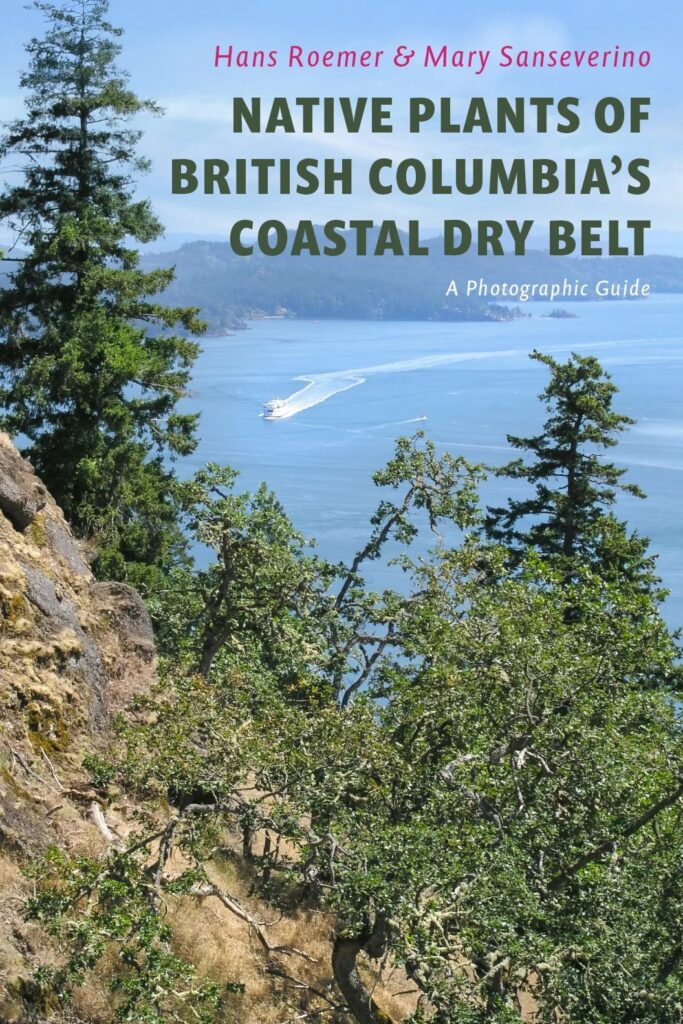We put this site together to help you learn a collection of 40 common plants around Nanaimo. Use it alongside the longer plant list handed out in class.
Forty species may seem too many to learn, a hodgepodge of names. To help us organize them, the 40 are split up into five groups called categories on this overview page. For example, tree is one category, fern is another.
Where can we observe the plants on our list?
As part of Botany/BIOL223 we take two field walks. One is at Morrell Nature Sanctuary, a forest, a typical Coastal Douglas-fir ecosystem. Most of the plants on our list are there. Similar forests in Nanaimo are Colliery Dam, Bowen, Beach Estates and Linley Valley Cottle Lake parks, Westwood Lake, and even the VIU campus.
A second field walk is at Pipers Lagoon park. Right on the ocean, the park has rocky outcrops and remnants of Garry oak meadows. Similar places are Neck Point park, and some areas along Cable Bay Trail, especially the parts close to the ocean.
Notes on scientific and common names
Plants are listed on this site according to their scientific name. A scientific name is ‘binomial’ (two names), and consists of a capitalized genus name, e.g. Berberis, and a lowercase species name (or ‘species epithet’) e.g. nervosa. Berberis nervosa, thus, is the scientific name of the plant commonly called dull Oregon grape. There is another member of the genus Berberis on our list, B. aquifolium – tall Oregon grape. The genus Berberis belongs to the family Berberidaceae. We italicize genus and species names, but not family names.
We do not capitalize common names, unless they contain place or person names. Hence, we write common snowberry and red alder, but tall Oregon grape, since Oregon is a place. We write Douglas-fir, because the name refers to the botanist and plant hunter David Douglas.
In future iterations of this VIU plant ID resource, I hope to strengthen the individual plant entries, adding local Indigenous species names and traditional cultural use. First Nations people have lived here for thousands of years; plants are recognized and valued.
Reference literature
An excellent field guide: Pojar & MacKinnon presents ethnobotanical and related insights in addition to species descriptions, and it’s highly readable. Not required for BIOL 223, but if you plan on staying in Biology I highly recommend you get your own copy.
Pojar & MacKinnon, Plants of Coastal British Columbia (2016, Revised Edition)

A complete and up-to-date flora: Hitchcock & Cronquist, Flora of the Pacific Northwest, 2nd edition (2018)
A wonderfully informative and well illustrated book about our local flora: Roemer & Sanseverino, Native Plants of British Columbia’s Coastal Dry Belt (2025)

First Nations uses of plants in the Pacific Northwest:
Luschiim and Turner, Luschiim’s Plants: Traditional Indigenous Foods, Materials and Medicines (2021)
Turner, Ancient Pathways, Ancestral Knowledge (2014)
Turner, Food Plants of Coastal First Peoples (1995) and Plant Technology of First Peoples in British Columbia (1998)
Books on foraging and herbalism: Use the information in such books with extreme caution, and consider whether any wild plant harvest that you engage in is ethical and necessary:
Deur, Pacific Northwest Foraging (2014)
Kloos, Pacific Northwest Medicinal Plants (2017)
Varner, Edible and Medicinal Flora of the West Coast: British Columbia and the Pacific Northwest (2020)
Gardening with native plants of our area:
Kruckeberg & Chalker-Scott, Gardening with Native Plants of the Pacific Northwest (2019)
An excellent free gardening resource: The Garry Oak Gardeners Handbook, by the Garry Oak Ecosystem Recovery Team (2009)
Acknowledgements
Custom photography was done by Douglas Fraser, Hitomi Kimura, Staffan Lindgren and Lynda Stevens. Douglas, Staffan and Lynda are members of Nature Nanaimo, our local nature club. I thank them all, their luminous contributions make these pages.
Mike Lester and Jenna Auringer assisted with technology, professor Caroline Josefsson wrote this VIU plant identification resource, Dr Jerry Davison helped.